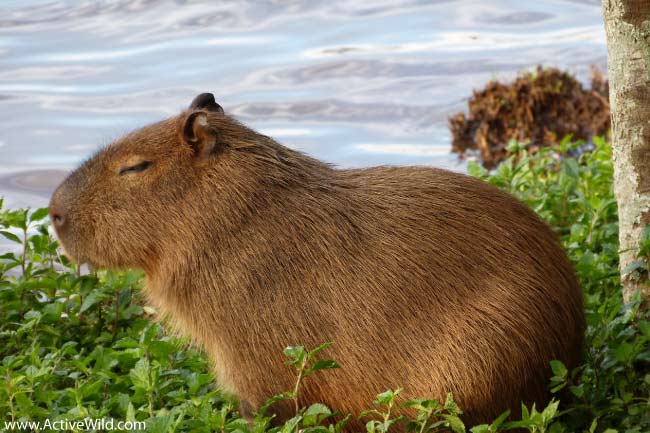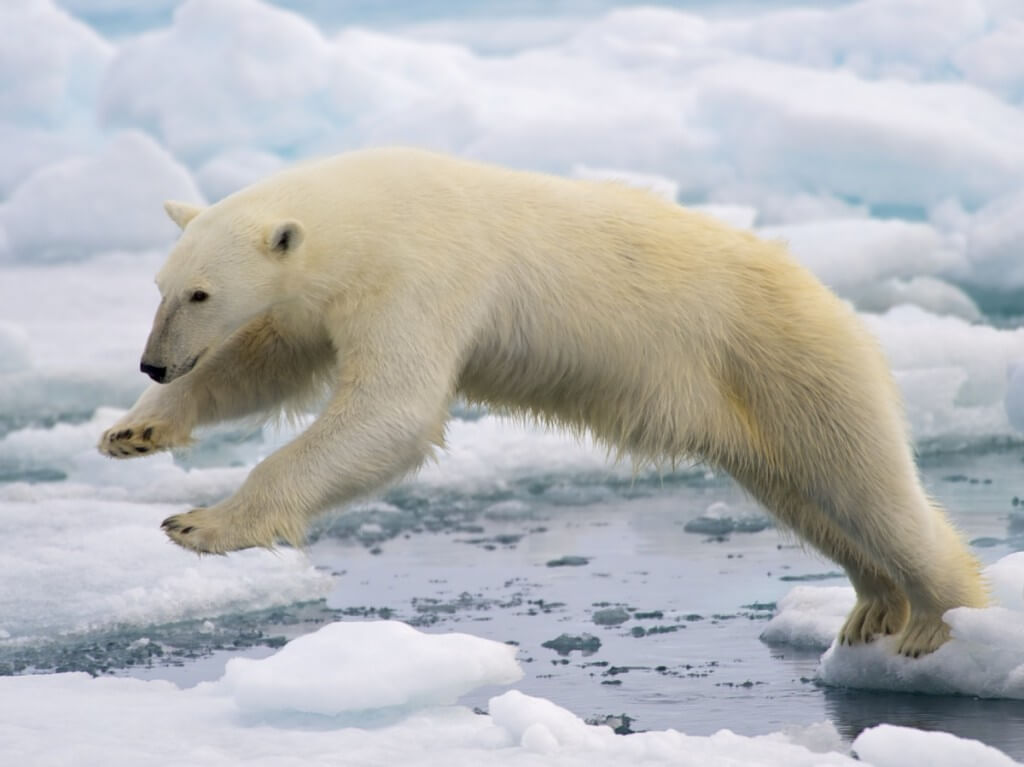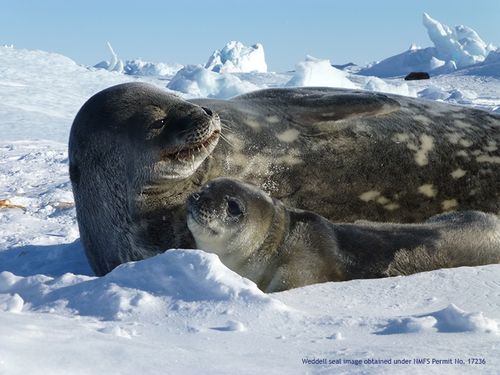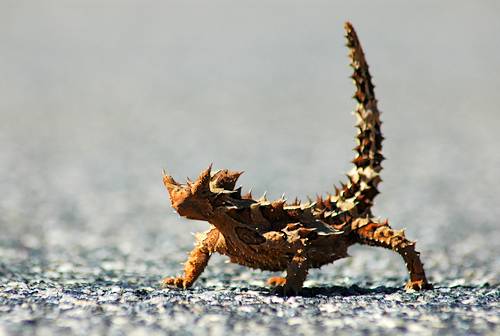Your How have animals adapted to antarctica images are ready in this website. How have animals adapted to antarctica are a topic that is being searched for and liked by netizens today. You can Get the How have animals adapted to antarctica files here. Download all free photos and vectors.
If you’re looking for how have animals adapted to antarctica images information related to the how have animals adapted to antarctica topic, you have come to the right blog. Our website always provides you with suggestions for refferencing the maximum quality video and image content, please kindly hunt and find more informative video content and images that match your interests.
How Have Animals Adapted To Antarctica. Some animals even have a thick layer of insulating fat. Animals and plants that live in antarctica have special adaptations that allow them to survive in the extreme conditions. The huddle constantly moves so that all the penguins have a turn in the middle. Under this fur or feather layer is a thick layer of insulating fat.
 Types Of Mammals Pictures & Facts. Learn About The Main From activewild.com
Types Of Mammals Pictures & Facts. Learn About The Main From activewild.com
How have animals adapted to antarctica? It covers the physical, behavioural and physiological adaptations that antarctic animals have to survive and thrive in extreme conditions. Penguins have thick, windproof and waterproof feathers. Antarctica is a very harsh and extreme environment though is very rich in wildlife, animals need to have a whole range of specializations to be able to take advantage of the abundant summer food. Seals in antarctica adapted the ability to hold their breath underwater for approximately 15 minutes. • some animals leave antarctica between june and august, its coldest months.
Huddling can reduce heat loss by up to 50%.
Penguins have thick, windproof and waterproof feathers. Some animals even have a thick layer of insulating fat. There are only a few types of antarctic fish. The antarctic ocean has been at this temperature for around 20 million years giving plenty of time for plants and animals that live there to become adapted to life in temperatures that would cause most aquatic animals to simply slow down to a state of near torpidity (or suspended animation). Antarctic animal adaptations, penguins, seals, krill, whales. Adaptations thick fat blubber layer emperor penguins whales penguins adelie penguins emperor penguins chinstrap penguins gentoo penguins four species of seals live in antarctica:
 Source: mmc.gov
Source: mmc.gov
Animals and plants that live in antarctica have special adaptations that allow them to survive in the extreme conditions. Some animals even have a thick layer of insulating fat. How are animals adapted to live in antarctica? Antarctic animals have unique behavioural adaptations that help them survive the harsh winter. It covers the physical, behavioural and physiological adaptations that antarctic animals have to survive and thrive in extreme conditions.
 Source: mayakerenarctictundra.weebly.com
Source: mayakerenarctictundra.weebly.com
Antarctic animals have unique behavioural adaptations that help them survive the harsh winter. You will find starter and plenary activities, design tasks, suggested solutions and students worksheets, all mapped to the curriculum and themed around antarctica. But that just makes the few extremophilespecies who do thrive there all the more impressive. Huddles allow them to share body warmth, and shelters many of the penguins from the wind. The huddle constantly moves so that all the penguins have a turn in the middle.
 Source: animalsandbiomes.weebly.com
Source: animalsandbiomes.weebly.com
Antarctic animals have unique behavioural adaptations that help them survive the harsh winter. Penguins, whales and seals have thick layers of fat called blubber. Some plants and animals have adapted to the harsh weather of antarctica. • some, like the whales, seals and birds, have a layer of fat to insulate and protect them from the cold. Many marine animals have large eyes to help them spot prey and predators in the dark.
 Source: lindsaywildlife.org
Source: lindsaywildlife.org
How have animals adapted to antarctica? Antarctica is a very harsh and extreme environment though is very rich in wildlife, animals need to have a whole range of specializations to be able to take advantage of the abundant summer food. Read on to find out more. Antarctic animals have to adapt to extreme dryness, high exposure, and bitterly cold temperatures. It covers the physical, behavioural and physiological adaptations that antarctic animals have to survive and thrive in extreme conditions.
 Source: grace-swope-alpine-tundra.weebly.com
Source: grace-swope-alpine-tundra.weebly.com
How have animals adapted to live in such harsh conditions? Under this fur or feather layer is a thick layer of insulating fat. Antarctic animal adaptations, penguins, seals, krill, whales. Reread that section to find details that support this main idea. Some animals even have a thick layer of insulating fat.
 Source: world-visits.blogspot.com
Source: world-visits.blogspot.com
Seals in antarctica adapted the ability to hold their breath underwater for approximately 15 minutes. Antarctic animals have unique behavioural adaptations that help them survive the harsh winter. Many marine animals have large eyes to help them spot prey and predators in the dark. Penguins have thick, windproof and waterproof feathers. Emperor penguins form large huddles.
 Source: activewild.com
Source: activewild.com
How are animals adapted to live in antarctica? Huddles allow them to share body warmth, and shelters many of the penguins from the wind. Huddles allow them to share body warmth, and shelters many of the penguins from the wind. You will find starter and plenary activities, design tasks, suggested solutions and students worksheets, all mapped to the curriculum and themed around antarctica. Another way this animal has adapted to antarctica is with large eyes with a spherical lens to see underwater where light is scarce.
 Source: geochange.er.usgs.gov
Source: geochange.er.usgs.gov
Reread that section to find details that support this main idea. • some, like the whales, seals and birds, have a layer of fat to insulate and protect them from the cold. Antarctic animal adaptations, penguins, seals, krill, whales. There are only a few types of antarctic fish. Under this fur or feather layer is a thick layer of insulating fat.
This site is an open community for users to do sharing their favorite wallpapers on the internet, all images or pictures in this website are for personal wallpaper use only, it is stricly prohibited to use this wallpaper for commercial purposes, if you are the author and find this image is shared without your permission, please kindly raise a DMCA report to Us.
If you find this site helpful, please support us by sharing this posts to your own social media accounts like Facebook, Instagram and so on or you can also save this blog page with the title how have animals adapted to antarctica by using Ctrl + D for devices a laptop with a Windows operating system or Command + D for laptops with an Apple operating system. If you use a smartphone, you can also use the drawer menu of the browser you are using. Whether it’s a Windows, Mac, iOS or Android operating system, you will still be able to bookmark this website.





